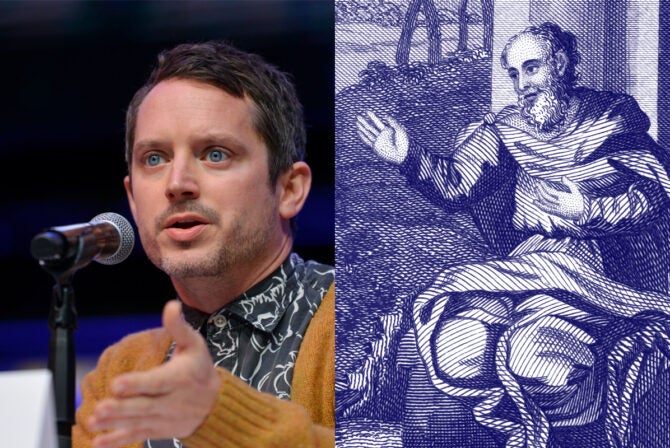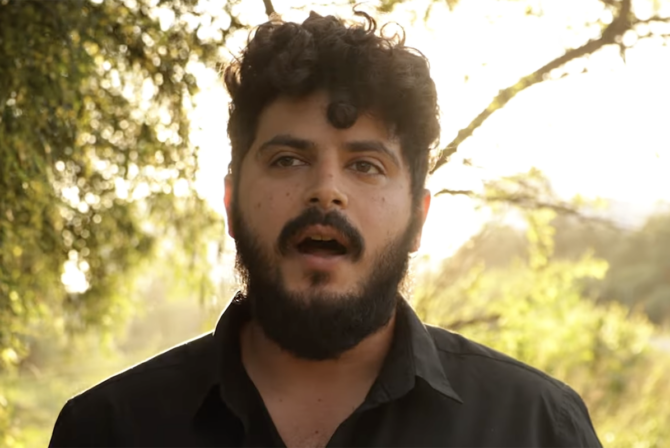The Ides of March in New York City bring high school placement results for thousands of 8th graders. This year, Stuyvesant, the city’s most selective public high school, accepted only seven African-American students out of a class of 952. Last year, that number was nine.
Had they counted my son, they could have gone into the double digits, but they didn’t that year because he was coming from a private school, and they won’t be counting him as attending this year because he checked both the Black and White boxes on his forms, and the public school system just can’t deal with that kind of ambiguity and so chooses not to slot him at all. (I only mention this because it’s very possible similar scenarios exist in the 2014 incoming class. It also doesn’t mean that all seven will choose to attend. I know of three African-American kids who turned down Stuyvesant for scholarships at private schools.)
In any case, however, the number is ridiculously low for a school system that’s majority Black and Hispanic.
Every year, The New York Times writes about how ridiculously low this number is. This year is no exception. The difference this year is that NYC has a new mayor who based a big part of his election campaign on getting rid of the Specialized High Schools Admissions Test (SHSAT), the sole criterion used for deciding which students get into Stuyvesant, as well as the other seven specialized high schools (an eighth, LaGuardia a.k.a. the “Fame” school, requires an audition instead).
The mayor thinks the test is the problem and believes as yet unspecified “other criteria,” like possibly grades, recommendations, portfolios, interviews, community service, etc… should be used instead.
In my opinion, the test is not the problem. The problem is that the majority of New York City’s middle schools are doing a horrible job preparing their students for the test.
The mayor talks about the test-prep industry, implying that the wealthy are buying their way into these schools.
Except that close to 50% of Stuyvesant’s current enrollment qualify for free lunch. The school is 73% Asian (something the mayor conveniently ignores when he talks about its low numbers of “people of color”). They are primarily Chinese and Korean. For many, English is not their first language. And it’s most definitely not their parents’. Yet these families spend hard-earned money on cram schools to prep for the SHSAT starting as early as 3rd grade–because their public school isn’t getting the job done.
My son did not get tutored for the SHSAT. What he did, however, was buy prep books and every weekday of his summer vacation prior to the SHSAT he took a sample practice test to get ready.
The prep books are available to anyone–it’s not like the contents of the SHSAT are a secret only doled out to those with the right password. The real secret is the fact that, while the test, which is given in October of your 8th grade year, contains algebra, algebra isn’t taught in most public schools until spring of 8th grade (if at all).
Because my son went to private school, he was familiar with the material, and all he needed to do was practice the specific (admittedly Draconian) format of the test.
Unless an NYC student attends an accelerated middle school, there is no way they can be ready for the SHSAT without outside tutoring. (My son reports that every African-American he’s met so far at Stuyvesant went to one of these schools.)
There are many reasons to continue using the SHSAT as the sole criterion for acceptance to the specialized high schools. Unlike grades, recommendations, etc… the SHSAT is completely objective. Grades are not. One teacher’s A might be another teacher’s B. The rigor of classes vary from school to school so a C in one might equal a B in another. There is no way to control for that. Interviews are also subjective to the interviewer. The same portfolio might receive different scores from different reviewers and it would be impossible for a single person to judge the standard 30,000 applicants. The SHSAT is not subjective. Everyone takes the same test, and it is scored by a computer.
I did not attend high school in NYC. I attended a similar, selective school in San Francisco. There, to counteract the “too many Asians” problem, my high school instituted quotas. They scored all the tests, but then they sorted them by race and gender, and took the same number of top scorers from each strata. As a result, Asian girls had to post results much, much higher than a Hispanic boy in order to earn admission.
My school also had a policy of expelling students after two consecutive semesters of D’s. Every year, we’d watch the weakest kids in the class be asked to leave. I can’t imagine it did wonders for their self-esteem.
I suspect that would happen if the admissions criteria were changed in NYC, too. But, again, that’s not the biggest problem. The biggest problem is that if, in the interest of “equality,” a few hundred more Black and Hispanic students are admitted despite missing the cut-off, it might make things better for them, but it would make it infinitely worse for the thousands left behind in sub-par middle and elementary schools.
By having these pathetic SHSAT results publicized year after year, it shines a light on just what an awful job inner city schools are doing educating those students who can’t afford to buy their way out of a broken system, either through private schools or private tutoring centers. If the specialized high schools’ racial balances were “fixed,” we might be tempted to consider the problems they expose “fixed,” too.
The SHSAT is not the problem. It is, instead, a symptom of the genuine problem, which is the inferior education offered to the majority of NYC’s children. Many of whom are Black and Hispanic. The SHSAT is a diagnostic, the canary in the coal mine. Get rid of it, and the real problem–insufficient standards across the board–becomes much easier to hide.
Besides, admissions to Stuyvesant High School, Bronx High School of Science, and Brooklyn Tech can only be changed on the state, not the city, level.
This is because of the Hecht-Calandra Act, which makes the SHSAT the only means of determining admissions to these specialized schools. It was passed in 1972 specifically as a response to complaints that the schools were admitting too many immigrants and children of immigrants. Specifically… Jews.
Every election season, I hear pundits from both sides bemoan, “How can people vote against their own interests?”
I have two other African-American children. If admissions criteria is changed to include racial quotas, they will both presumably have a much easier time getting into a top school.
And still, I would vote against my own interests. Because it still wouldn’t be right.
Like this post? Get the best of Kveller delivered straight to your inbox.







